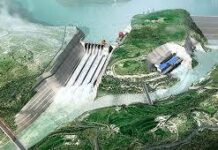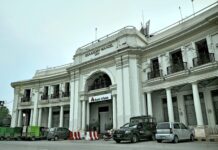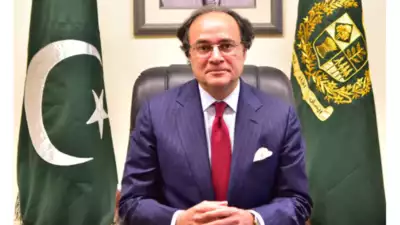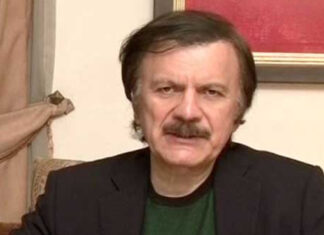ISLAMABAD – Pakistan’s economy registered a growth rate of 2.68% in FY2025, falling short of its original 3.6% target but signalling a return to relative macroeconomic stability after years of turbulence, according to the Economic Survey 2024-25 unveiled by Finance Minister Muhammad Aurangzeb on Monday.
The economy is reported to have grown up from a contraction of 0.2 percent the previous year. While this marks a reversal in trend, the base effect from last year’s downturn raises questions about the robustness of the rebound. The growth composition is shaped by gains in agriculture, services, and limited industrial pick-up. Policymakers cite macroeconomic stabilisation, a narrowing current account deficit, and lower inflation as contributing factors.
The fiscal narrative remains anchored to the IMF’s Extended Fund Facility (EFF), with the first review completed and further tranche disbursements made. The impact of this agreement continues to shape both budgetary choices and monetary policy decisions, particularly through fiscal consolidation, reduced subsidies, and adjustments to utility pricing.
The survey gives a sobering global assessment: It mentions that the global GDP growth is projected to ease to 2.8% in 2025, down from 3.3% in 2024, with headline inflation still elevated at 5.7%, though easing. Structural drags—from tariffs and weak demand to geopolitical frictions—have upended investment sentiment and reshaped trade flows.
Within this uncertain global landscape, Pakistan’s 2.68% GDP growth is framed by the government as a “gradual but right-paced” recovery. The Survey attributes this progress to a cocktail of policies: fiscal tightening, monetary discipline, and external account consolidation, all under the umbrella of IMF-led reform.
While answering to questions from journalists, Finance minister Muhammad Aurangzeb stated that, ” We just want to stay the course in terms of macroeconomic stability as the reform agenda is already underway.”
Let us look at the economic data provided in the survey to see how much truth there is to these claims of reform and sustainable growth.
Activity in the Capital Market
The capital markets recorded significant index-level gains, with the KSE-100 rising 50.2 percent during July–March FY25. Market capitalisation grew by over Rs 4 trillion, reaching Rs 14.4 trillion by end-March. According to the economic survey, this uptick is linked with investor anticipation around IMF-led reforms, lower policy rates, and falling inflation.
The Pakistan Mercantile Exchange also showed heightened turnover in commodity contracts — 5.88 million lots worth Rs 6.54 trillion — though much of this remains speculative and detached from real sector trade. In the Islamic finance space, 38 new Shariah-compliant securities were certified, and their market capitalisation now accounts for nearly two-thirds of PSX’s total.
Nonetheless, questions remain over the depth and breadth of the equity rally, as a substantial portion of trading remains concentrated in a few sectors. Moreover, net foreign portfolio investment continues to exhibit volatility, and domestic institutional participation drives most of the current momentum.
Inflation Declines
The Consumer Price Index (CPI) inflation fell markedly during FY25, reaching a low of 0.3 percent in April and averaging 4.7 percent over July–April, compared to 26.0 percent in the same period last year. Sensitive Price Index (SPI) and Wholesale Price Index (WPI) also showed sharp declines.
While these numbers indicate disinflation, the mechanism behind this remains unclear. Reports point to administrative price controls, temporary relief schemes, and monetary tightening, but structural inflationary triggers — such as energy tariffs, petroleum levies. supply-side shortages, and global commodity volatility — remain in place.
To read the full article, subscribe and support independent business journalism in Pakistan
The content in this publication is expensive to produce. But unlike other journalistic outfits, business publications have to cover the very organizations that directly give them advertisements. Hence, this large source of revenue, which is the lifeblood of other media houses, is severely compromised on account of Profit’s no-compromise policy when it comes to our reporting. No wonder, Profit has lost multiple ad deals, worth tens of millions of rupees, due to stories that held big businesses to account.
Hence, for our work to continue unfettered, it must be supported by discerning readers who know the value of quality business journalism, not just for the economy but for the society as a whole.
























